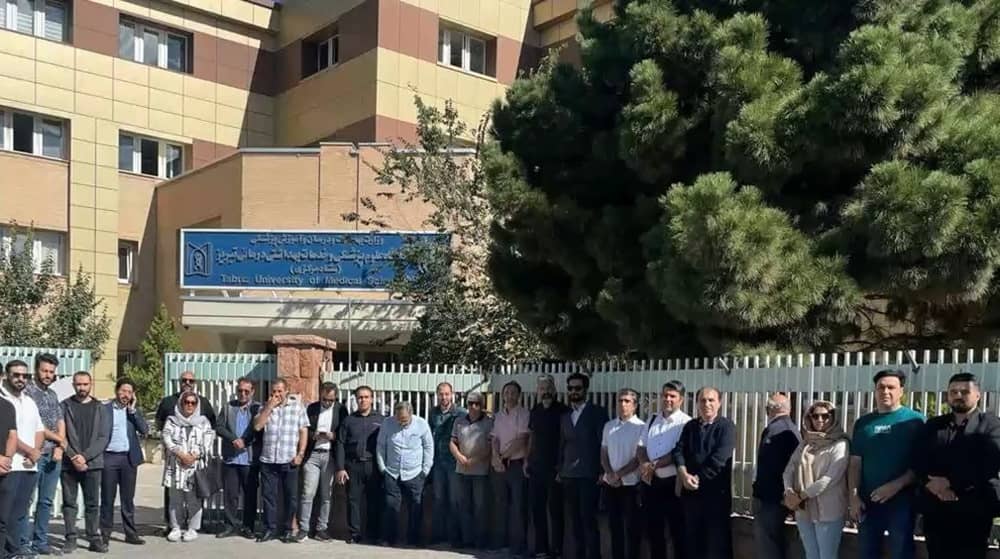On September 19 and 20, 2025, widespread demonstrations erupted across multiple Iranian cities, reflecting deepening public frustration with both economic mismanagement and authoritarian governance. From urban centers to rural communities, citizens voiced anger over deteriorating living conditions, unpaid wages, and systemic injustice, signaling a broad-based challenge to the ruling establishment.\n\nThe unrest began in Sabzevar on the evening of September 19, where young demonstrators took to the streets, setting fire to trash bins as a symbolic rejection of government policies. Chants such as “Death to the Dictator” and “Death to Khamenei” echoed through neighborhoods, directly targeting the highest levels of clerical authority. Confrontations with security forces, including the Basij militia, were met with persistent resistance. Notably, residents from nearby buildings joined the protests by shouting slogans from rooftops and windows, amplifying the sense of collective defiance and marking a shift from isolated actions to coordinated civic resistance.\n\nEconomic grievances fueled parallel actions in other regions. In Ahvaz, employees of the National Steel Group protested after going nearly two months without pay. Benefits including health insurance and food allowances had also been suspended, leaving many without basic means of survival. Meanwhile, in Tehran, hundreds of customers who had pre-paid for vehicles from the state-linked automaker SAIPA demonstrated against delivery delays lasting between seven and ten months. One protester captured the mood, stating, “For one car, you have dragged people to the brink of torment!”\n\nIn Tabriz, suppliers of medical equipment gathered outside the University of Medical Sciences to demand payment for outstanding debts. They warned that delayed compensation not only threatens their businesses but also compromises patient care, as hospitals face shortages of essential tools.\n\nSocial injustices further intensified public outrage. In Tehran, hundreds of qualified teaching candidates protested outside the Administrative and Recruitment Affairs Organization after being denied jobs despite strong exam results. They accused the system of favoritism and corruption, undermining claims of fair employment practices.\n\nFarmers from 15 villages in Poldasht staged a rally over water shortages, blaming authorities for diverting the Aras River away from their ancestral farmland. With crops failing and livelihoods destroyed, they issued a warning: if their access to water is not restored, the protests will expand.\n\nResidents of Alavijeh also mobilized, opposing destructive mining operations that have degraded local mountains. They argue that natural resources are being exploited for the benefit of entities tied to the ruling elite, causing irreversible environmental harm.\n\nThe events of these two days represent a convergence of economic, political, and social discontent. What began as localized frustrations has evolved into a nationwide expression of resistance. The demands—for fair wages, access to water, job opportunities, and dignity—are interconnected, pointing to a broader rejection of a system perceived as extractive and unresponsive.\n— news from National Council of Resistance of Iran – NCRI\n\n— News Original —\nWidespread Protests Hit Iranian Cities Over Economic Hardship and Political Oppression\nThe content of the original article describes mass protests across Iran on September 19 and 20, 2025, driven by economic hardship and political repression. It details youth-led uprisings in Sabzevar with anti-regime chants, worker protests in Ahvaz over unpaid wages, customer demonstrations in Tehran against SAIPA’s vehicle delivery delays, medical suppliers’ protests in Tabriz over unpaid debts, teacher applicants’ job denial protests in Tehran, farmer protests in Poldasht over water diversion, and environmental protests in Alavijeh against mining. The narrative frames these events as interconnected symptoms of a terminal crisis and a unified war against the regime.
